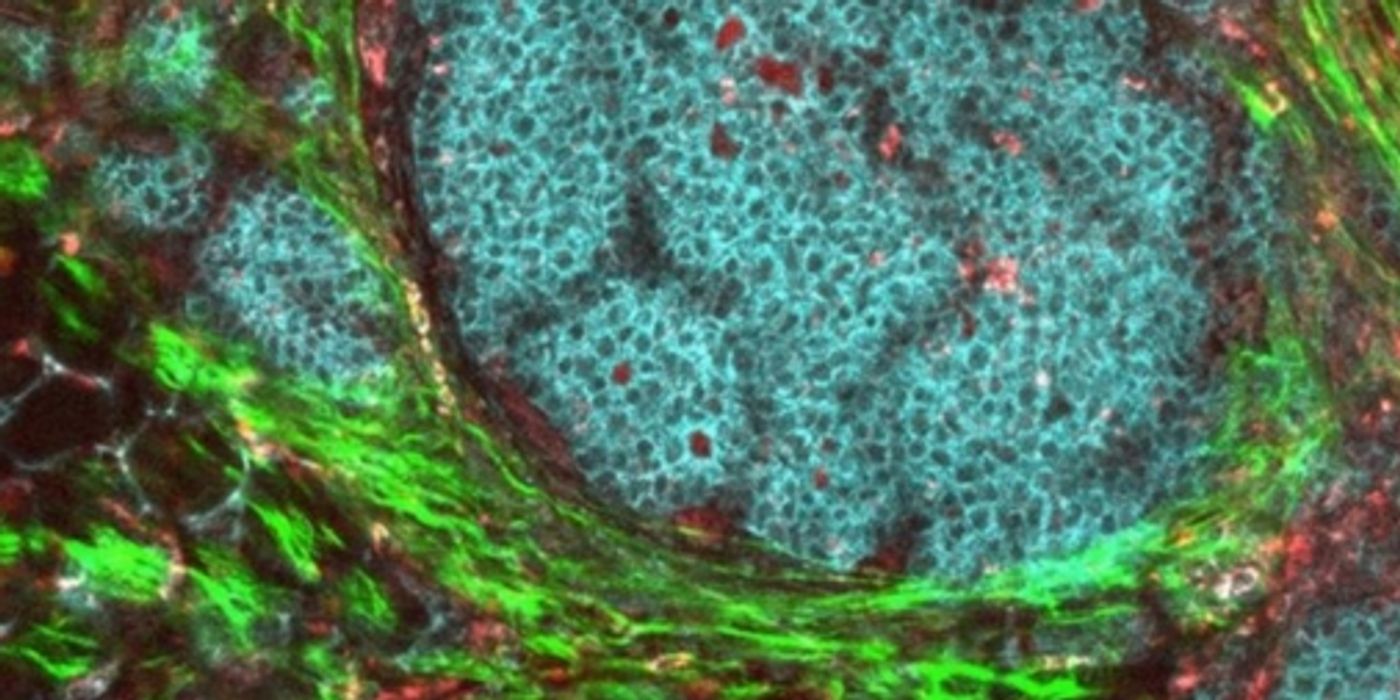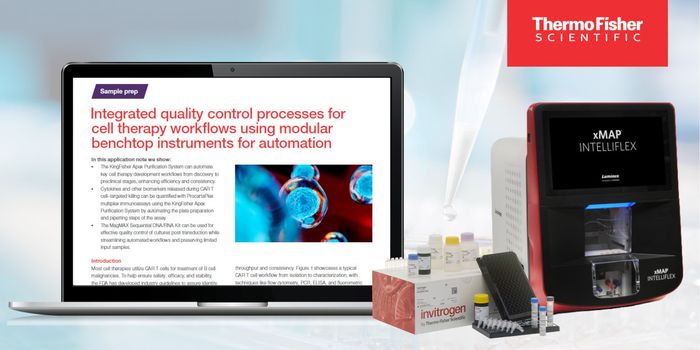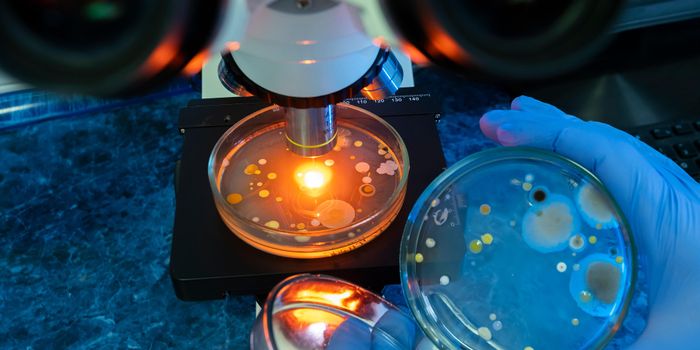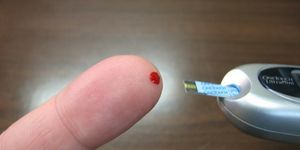What's Toxic to Healthy Cells is Fuel for Cancer
To fuel their growth and edge out healthy cells, breast cancer cells recycle a waste product into nutrients, researchers report.
Through various metabolic processes, cells excrete ammonia as a waste byproduct. Under normal conditions, ammonia is toxic to the body, and buildup of this compound can cause irreversible brain damage, coma, and even death.
"Classically, ammonia was thought to be metabolic waste that must be cleared due to its high toxicity," said Dr. Marcia Haigis, associate professor of cell biology at the Harvard Medical School, and the study’s senior author.
Ammonia is usually funneled via blood vessels to the liver for conversion into urea that can be carried out of the body in urine. But tumors are limited in blood vessels and lack a way to convert ammonia into urea. So it was surprising to Haigis’ team that the ammonia accumulation was not toxic to the tumors.
How do cancer cells cope with an abundance of a toxic product? They cunningly recycle it into fuel. This two-in-one solution solves the problem of ammonia buildup and also provides cancer cells with yet another growth advantage over healthy cells.
To study this phenomenon, Haigis’ team labeled the nitrogen on the amino acid glutamine, which allowed them to follow the path of subsequent nitrogen-containing ammonia byproduct. In breast cancer cells, the labeled nitrogen appeared in a different amino acid, glutamate. In fact, 20 percent of glutamate molecules contained the labeled nitrogen, suggesting cancer cells recycle the byproduct at a high efficiency.
Furthermore, ammonia seemed to stimulate the tumor’s growth. In cell cultures, cancer cells exposed to ammonia doubled at an accelerated pace – up to seven hours ahead of cells without ammonia. In mice, ammonia also stimulated the tumors to grow faster and larger. On the other hand, if ammonia was taken away, tumor growth slowed significantly.
"We found that repressing ammonia metabolism stunts tumor growth in mice," said Jessica Spinelli, the study’s lead author. "Therefore, inhibition of ammonia assimilation or ammonia production may be rational strategies for therapy design."
"We found that not only was ammonia not toxic for breast cancer cells, it could be used to feed tumors by serving as a source for the building blocks that tumors need to grow,” said Haigis.
The results highlight a side of tumor biology that was previously not well-understood. In addition, knowledge of how cancer cells use ammonia may provide new therapeutic targets to slow, and even halt, tumor’s advance.
Additional sources: Harvard Medical School









